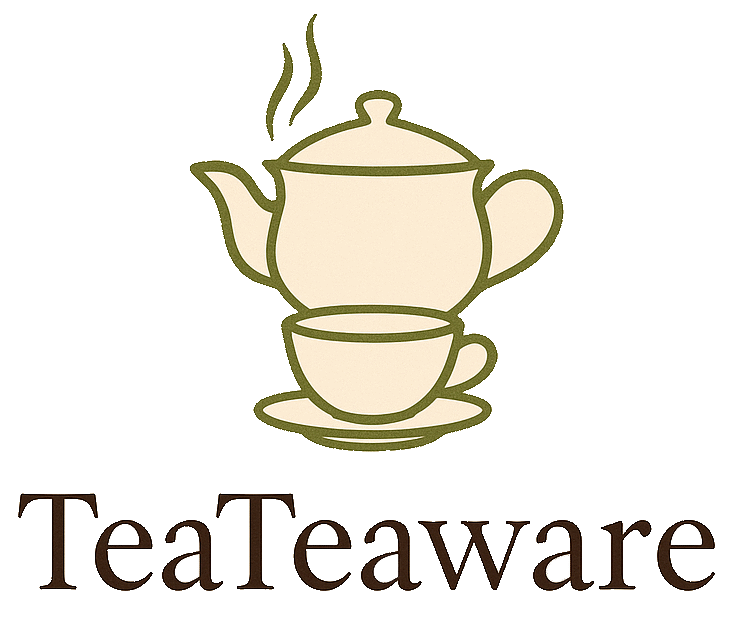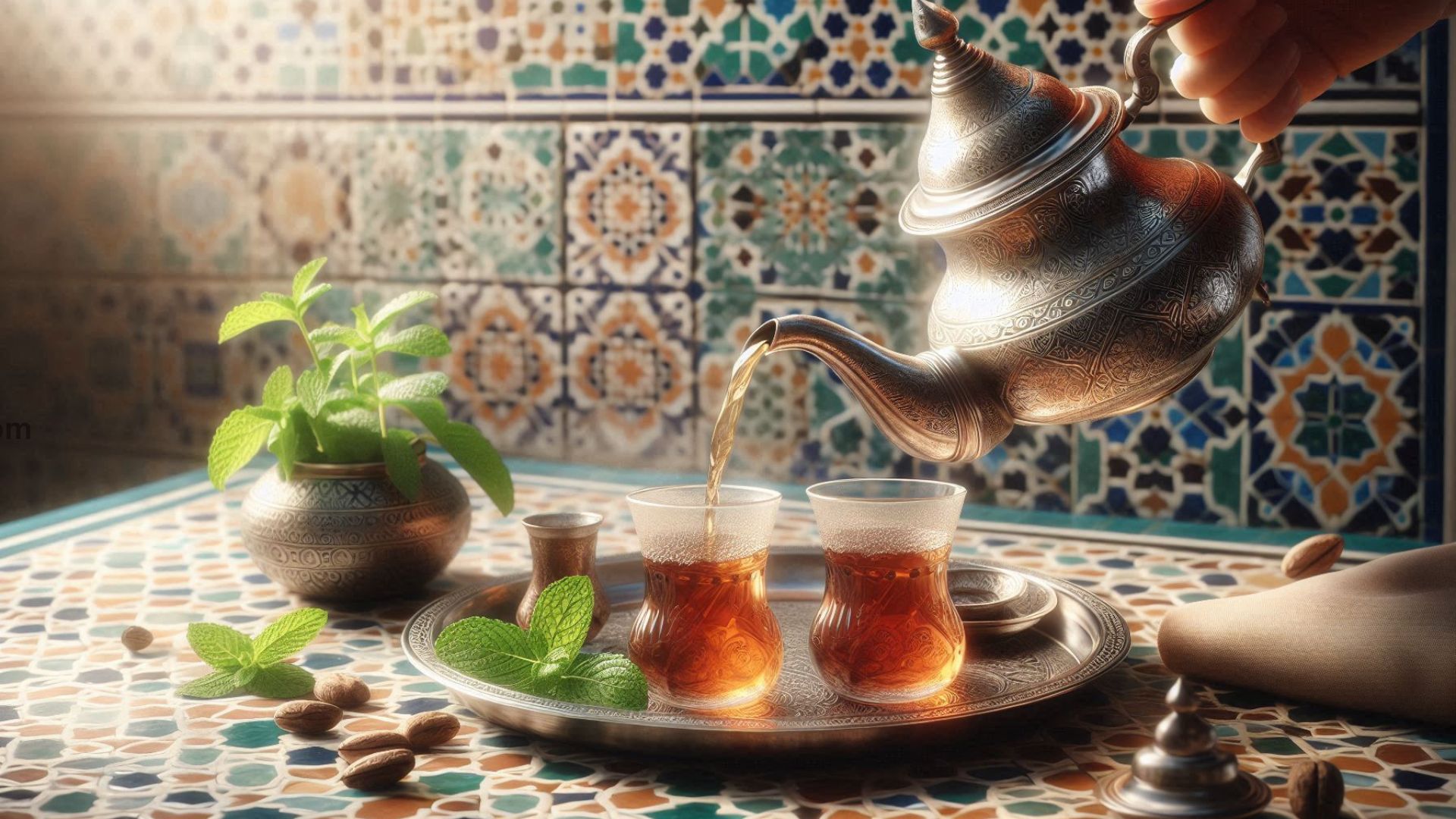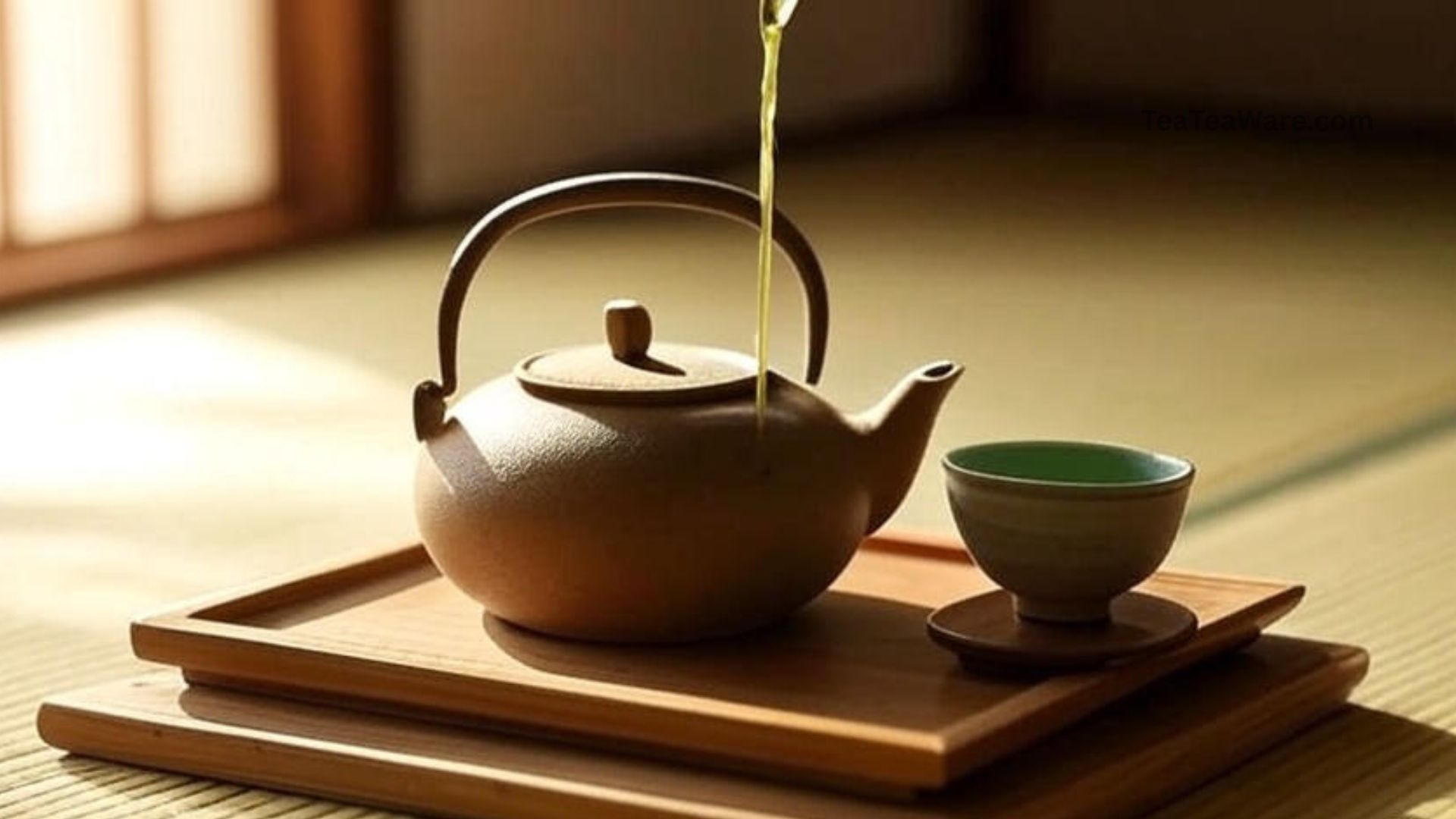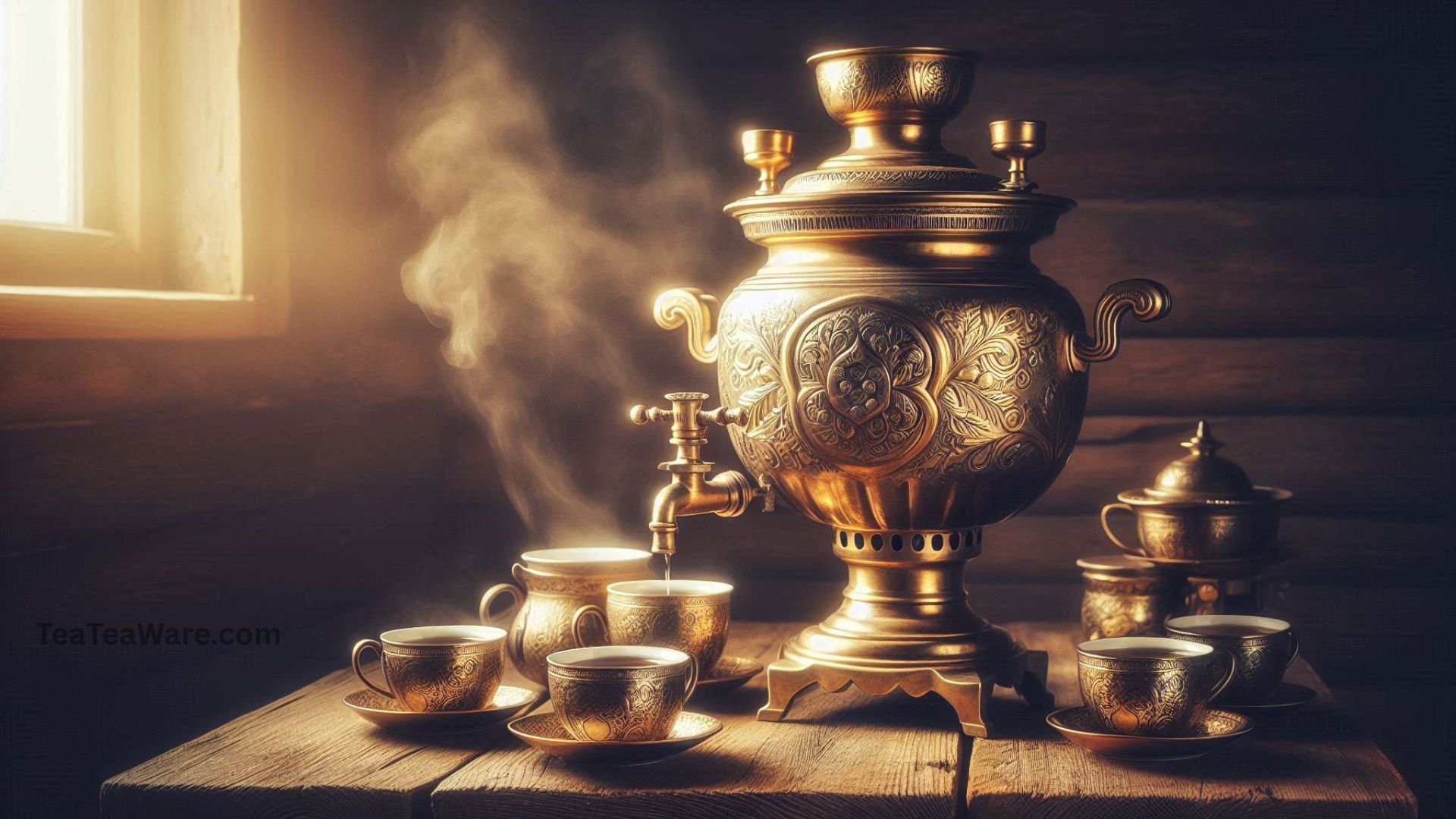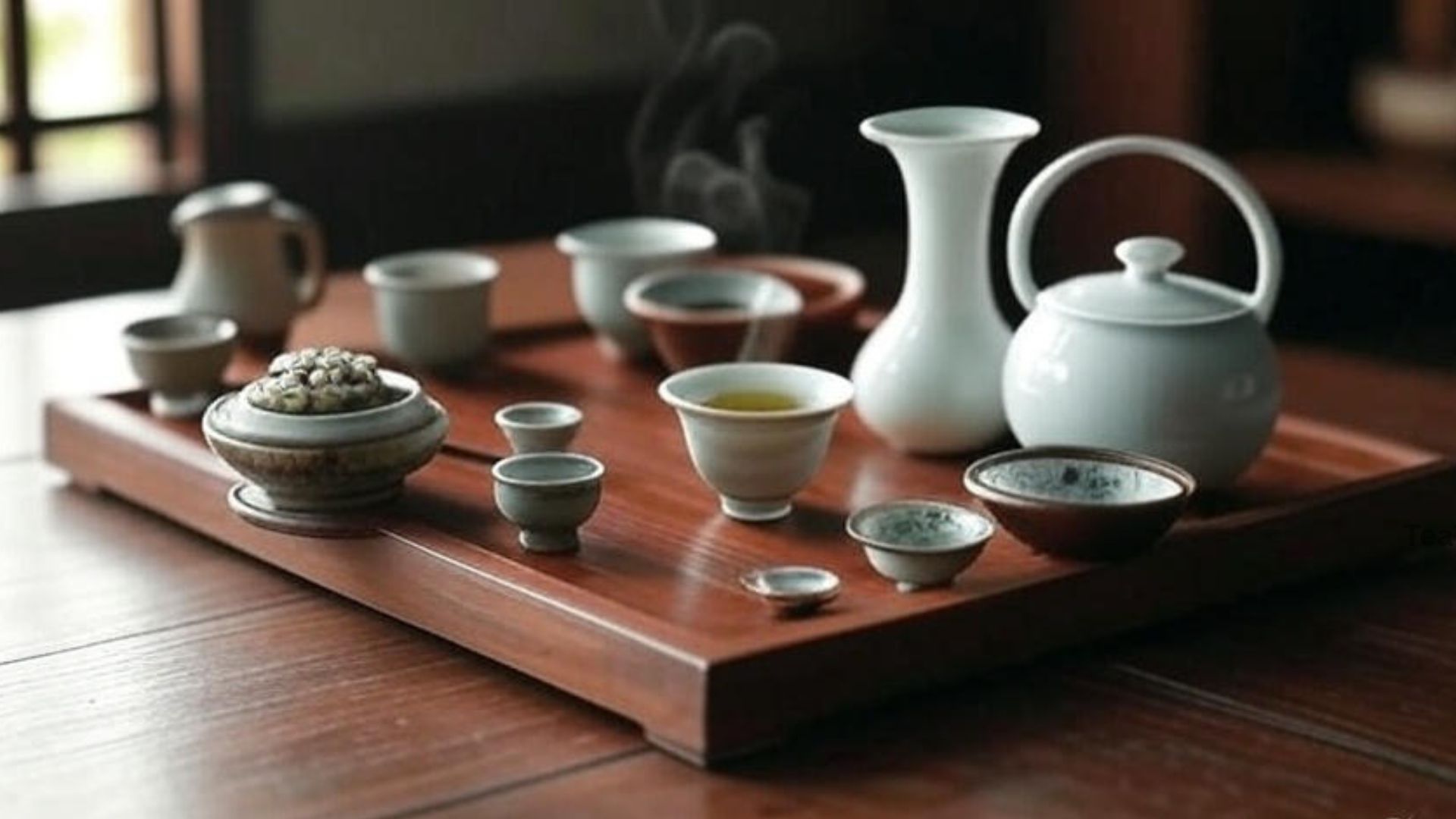Moroccan tea isn’t just a beverage—it’s a cultural experience, a ritual, and a gesture of hospitality. If you’ve ever visited Morocco, chances are you were offered a hot, sweet, minty cup of tea poured from a gleaming metal teapot. But why metal? And why is the pour always so dramatic? Let’s explore the rich history, tradition, and technique that make Moroccan tea a global cultural icon.
More Than Just a Drink
In Morocco, tea symbolizes friendship, hospitality, and warmth. Guests are welcomed with tea, conversations start over tea, and even business deals are sometimes sealed over a shared cup. At the heart of this tradition is the iconic metal teapot—a vessel that’s as functional as it is beautiful.

A Daily Ritual in Moroccan Homes
Tea is woven into the daily rhythm of Moroccan life:
- Morning: A cup to start the day.
- Afternoon: A moment to relax and reconnect.
- Visitors: Always greeted with tea.
The metal teapot isn’t just practical; it’s central to a ritual that strengthens social bonds. Over time, this everyday act has become a comforting, almost sacred tradition.
The Origins of Moroccan Mint Tea
The Early Days
Green tea first arrived in Morocco in the 12th century through trade with the Middle East and Asia. The addition of fresh mint and sugar, however, was a uniquely Moroccan innovation, popularized in the 1800s.
Trade, Colonizers, and Teapots
European traders and colonizers, especially from France and Britain, introduced new brewing techniques and tools. Yet the metal teapot endured, prized for its durability, elegance, and adaptability to Moroccan tea-making methods.

Karaca Belinay Teapot Set Silver Black
This authentic, hand-crafted Moroccan teapot is made from durable stainless steel and designed to be used directly on a stove — perfect for brewing traditional mint tea.
Also Read: How to Brew Immune-Boosting Teas at Home?
Why the Metal Teapot Matters
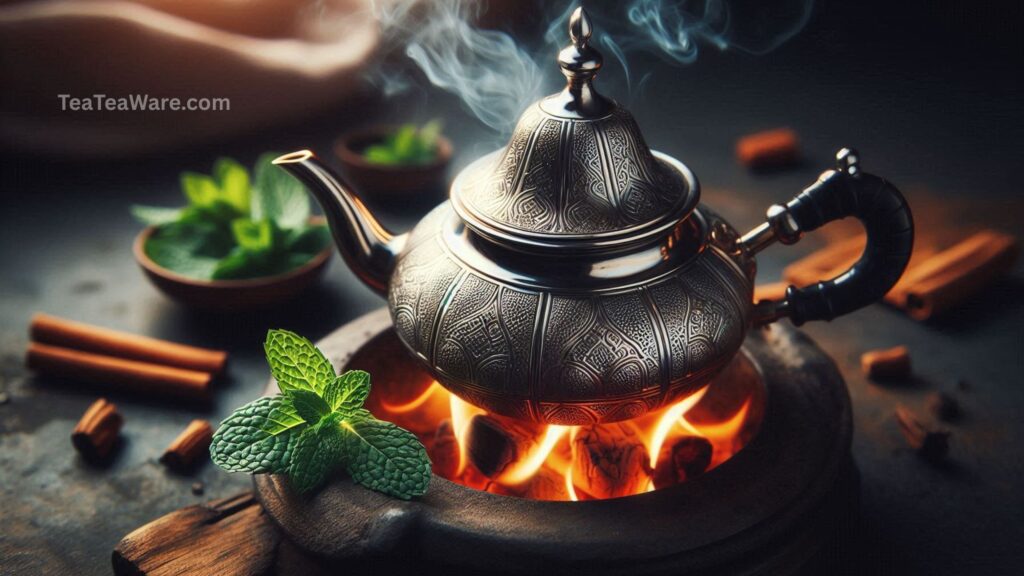
Classic Design
Moroccan teapots are typically made from brass, silver, or stainless steel, featuring:
- Long, curved spouts
- Sturdy handles
- Hand-engraved patterns
- Family heirloom status in some households
These teapots are more than functional—they’re works of art, passed down through generations.
Metal vs. Glass or Ceramic
Metal teapots have distinct advantages for Moroccan tea:
- Heat retention: Keeps tea hot longer.
- Direct brewing: Can go straight on the stove.
- Flavor blending: Ensures mint, sugar, and tea combine evenly.
The Art of the High Pour
Have you seen Moroccan tea poured from high above the glass? It’s not just theatrical—it’s functional.
- Cultural meaning: A sign of respect and elegance.
- Practical benefit: Cools the tea slightly while creating a frothy layer.
- Enhanced flavor: Aerates the tea, releasing herbal aromas and smoothing the taste.
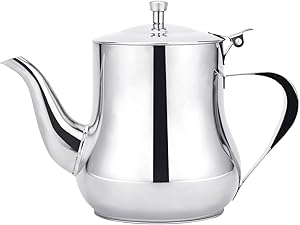
SANQIAHOME 570ml(20Oz)
A sturdy, budget-friendly option that brings the classic Moroccan tea aesthetic and functionality to modern kitchens.
Also Read: Comparing the Best Travel Tea Sets on Etsy
How Moroccan Tea Is Made
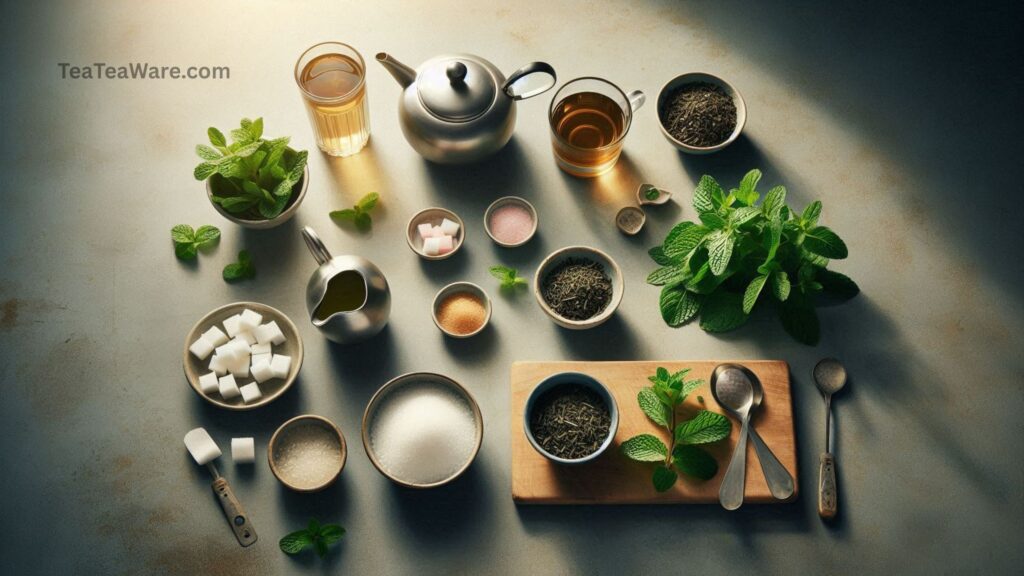
Ingredients
- Green tea: Typically gunpowder tea
- Fresh mint: Sweet or spearmint varieties
- Sugar: Generous amounts
Step-by-Step Brewing
- Rinse tea leaves in hot water to remove bitterness.
- Add fresh mint and sugar to the teapot.
- Heat the teapot over the stove to blend flavors.
- Pour from height to aerate and froth the tea.
Because the tea is brewed in the metal teapot itself, the flavors merge beautifully, creating a sweet, refreshing drink that’s both aromatic and satisfying.
Tea Is a Big Deal in Morocco
A Warm Welcome
Serving tea is the Moroccan way of saying, “You’re welcome here.” Refusing it can even be considered impolite. The gleaming metal teapot always takes center stage in this gesture of hospitality.
Everyday vs. Ceremonial Tea
- Ceremonial tea: Elaborate presentation with ornate teapots, often served during weddings, festivals, or when honoring guests.
- Everyday tea: Simple, casual, and comforting.
Regional Variations in Moroccan Tea
North vs. South
- North Morocco: Tea is lighter, sometimes infused with citrus mint.
- South Morocco (Berber regions): Tea is stronger and often brewed three times, with each round symbolizing love, strength, and farewell.
City vs. Countryside
- Urban areas: Modern stoves and polished teapots.
- Rural areas: Traditional teapots heated over coal fires, often treasured family heirlooms.
Despite these differences, metal teapots remain central across Morocco, bridging generations and regions.
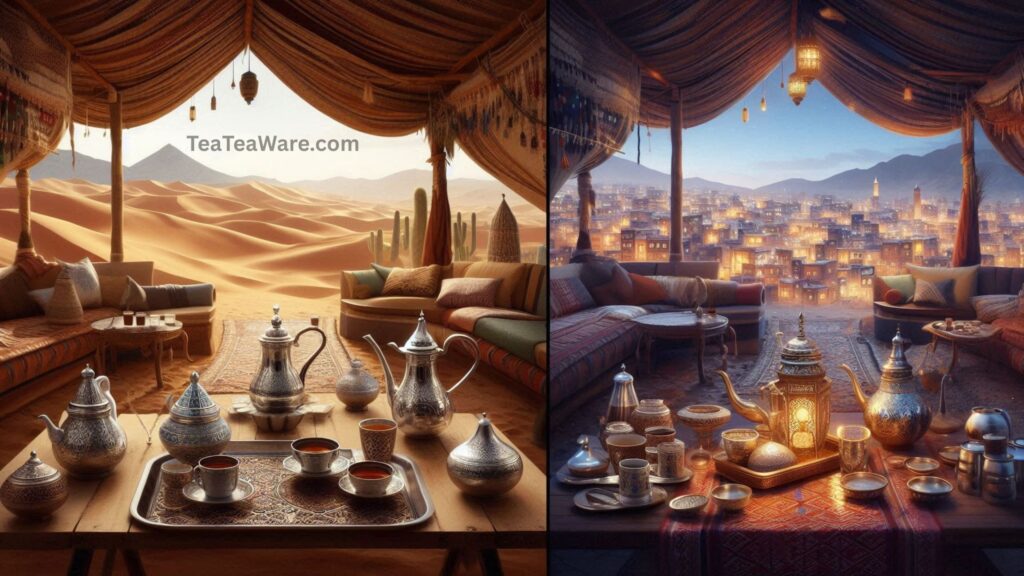
Modern Takes and Global Love
Tea Goes Global
Moroccan mint tea has traveled worldwide—from Parisian cafés to New York bistros. Even in contemporary settings, metal teapots are favored for their authenticity, elegance, and the superior flavor they impart.
A Cultural Icon
The Moroccan teapot is more than a vessel—it’s a symbol of:
- Hospitality
- Elegance
- Tradition
- Resilience
Many families proudly display their teapots, showcasing the artistry and cultural pride behind every cup.
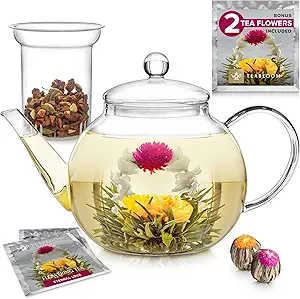
Teabloom Stovetop & Microwave Safe Glass Teapot
A modern twist on the Moroccan classic — this metal teapot is sleek, stovetop safe, and includes a removable infuser for easier everyday use.
Also Read: What’s the Best Teaware for Detox Teas?
Conclusion
Moroccan tea is a sensory and cultural experience, and the metal teapot is its heart. From everyday rituals to ceremonial displays, the gleaming teapot carries centuries of history, tradition, and artistry. Next time you enjoy a cup, remember: it’s not just tea—it’s Moroccan hospitality in liquid form.
CTA: Try brewing your own Moroccan tea at home using a metal teapot, and experience the aroma, flavor, and tradition in every pour.
FAQs About Moroccan Tea and Metal Teapots
Q1. Why not glass or ceramic for Moroccan tea?
Glass and ceramic can’t retain heat as well and often aren’t stove-safe for traditional brewing.
Q2. What’s the best metal for Moroccan teapots?
Stainless steel, brass, or silver are ideal for durability and heat retention.
Q3. Why is Moroccan tea so sweet?
Sugar balances the bitterness of green tea and complements the fresh mint flavor.
Q4. What does the high pour symbolize?
Respect, elegance, and skillful tea presentation.
Q5. Can I brew Moroccan tea at home?
Yes! All you need is green tea, fresh mint, sugar, and ideally a metal teapot.
